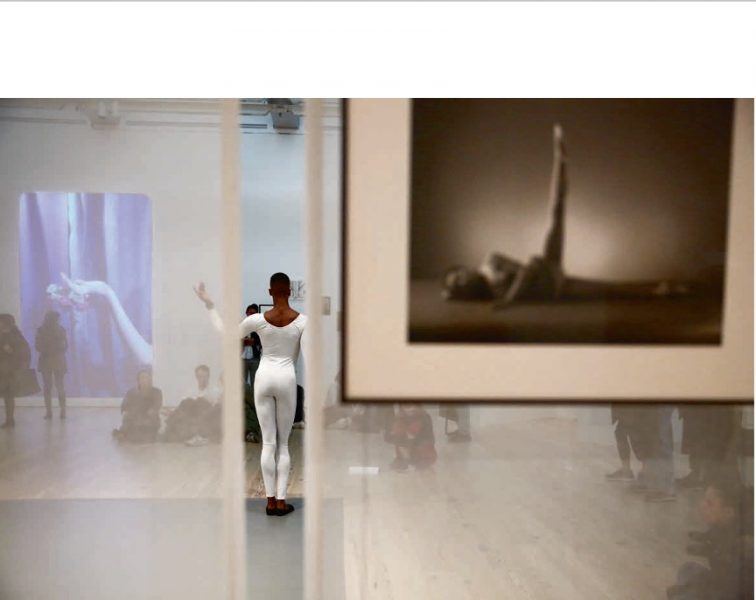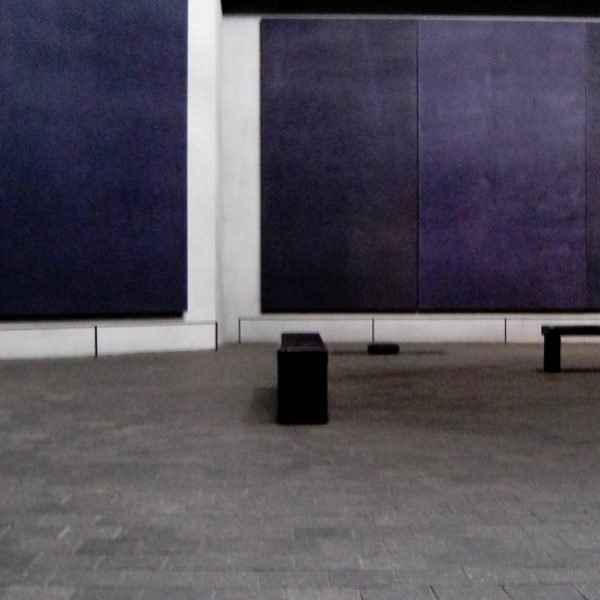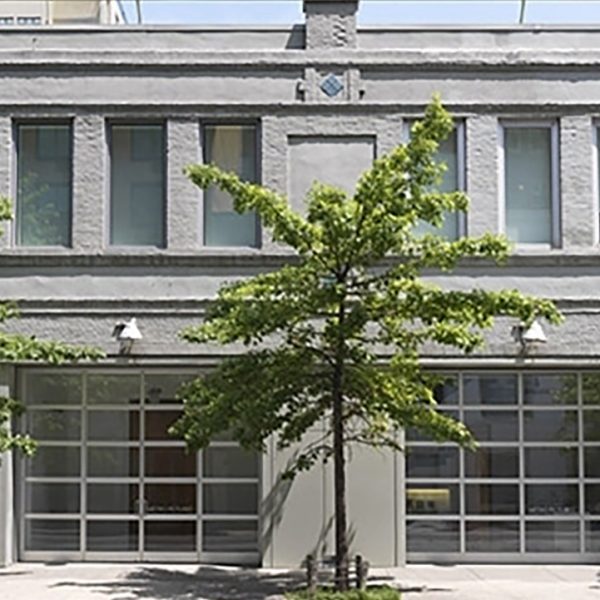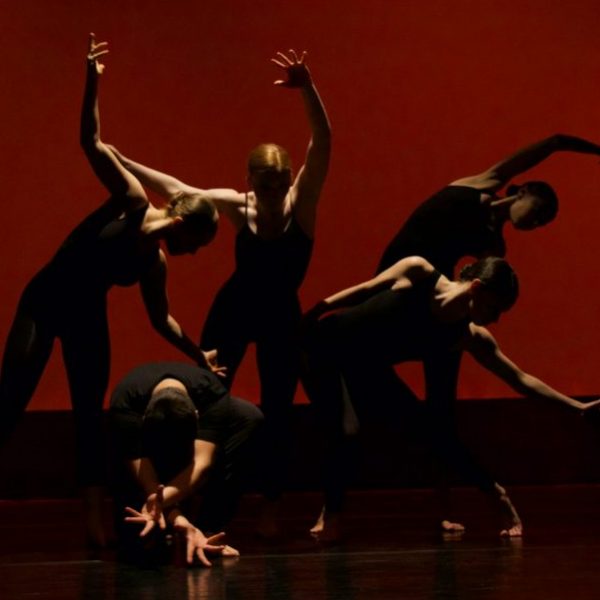… in which Nick Mauss answers some questions about Transmissions
Transmissions is an installation, a collage of several art forms, a revisionist investigation of New York modernism and sexual expression, and an essay in queer theory…. The juxtapositions show that Transmissions is a work of creative imagination as much as revelation. You go to sample it as history, you absorb it as poetry.
—Alistair Macaulay, The New York Times
Following the highly acclaimed exhibition at the Whitney Museum of American Art by artist Nick Mauss, Transmissions extends the historiographic and conceptual breadth of the exhibition into a profusely illustrated book. A celebration of Transmissions will be held via Zoom on February 18 at 5:30 pm EST, hosted by the Jerome Robbins Dance Division of the New York Public Library, featuring Mauss in conversation with Hilton Als, Emily Coates, and Marci Kwon (click here to register). Here, Mauss is in conversation with the copublishers of the book, Dancing Foxes Press, discussing the genesis of the exhibition and its elaboration into book form.
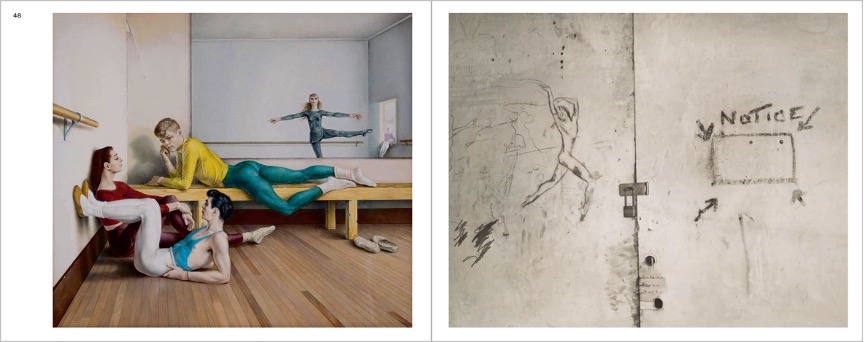
Dancing Foxes: Let’s start at the beginning. What led you to make Transmissions?
Nick Mauss: I didn’t begin with a predefined subject. There were a number of questions I was circling around that started to overlap in provocative ways, and those became the coordinates out of which the exhibition emerged. I had been actively following debates around the function of dance in the museum—specifically, whether or not the museum model could accommodate (i.e. collect, preserve, and display) fleeting and immaterial art forms, such as performance, and whether dance in the museum is inevitably subject to cooptation. These discussions tend to be concerned with the very recent past—bracketed by postmodern dance and contemporary performance practices—and I wondered if some of these debates could be activated to include the presentation of dance histories and their conflicted contemporary resonances. I was also experimenting with ways in which viewers’ movement- and thinking-processes are affected by the objects of an exhibition, including working with visual porosity in materials such as glass and ceramic and through layering in drawing. At the same time, I was asked to collaborate on an exhibition about early 20th century stage designer and artist Leon Bakst at the Nouveau Musée National de Monaco, and as I looked at the set maquettes, the way the costumes were made and hand-painted, the kind of language that was used in the elaborately produced ballet programs, I was struck by how intrinsic dance was to visual practices in the early 20th century, and I started to wonder about how to re-connect these histories, when it’s unclear to me how they could ever have been separated in the first place. I started to see a kind of blind-spot when it came to the role of ballet in trans-Atlantic modernism, which is a cultural dynamic that is very much covered up in most art historical accounts, even though the queerness and the anxious tenor of the artworks and choreographies to which it gave license appear especially legible in the present. According to the American expatriate painter Gerald Murphy who was active in the 1920s and 30s, “ballet had been the focal center of the whole modern movement in the arts.”[1] I wanted to know how such an emphatic statement could be made to evaporate, so much so that we are no longer able to perceive this “focal center.” These questions held a particular urgency for me, and the collection of the Whitney Museum of American Art offered the perfect context for investigating these conflicts and proposing new ways to engage within enmeshed histories of performance and art.

DF: As an exhibition, Transmissions was carefully layered, both visually and methodologically. Can you talk about that, and how those dynamics translated into the publication?
NM: From the viewer’s first glimpse of Transmissions, I wanted it to be understood that this was not an exhibition about individual artists and a fixed narrative. It was important to treat the objects, protagonists, and historical trajectories as constellations, both in real space and in historical time-space—to create conversations, or evoke the energy of gossip, within the museum galleries. I designed the exhibition architecture of Transmissions to incite a sense of discovery in the viewer, and played pointedly with the duality between visibility and invisibility, between being on-stage and off, between an image and its inner life. In a sense, I was trying to actualize Douglas Crimp’s observation: “underneath each picture there is always another picture.”[2] In terms of method, Transmissions initiated a number of collaborations: among museum departments, between institutions, between myself and various artists and scholars. The most complex collaboration evolved between myself and 16 dancers as we collectively articulated a danced response to the elisions and after-lives of the histories and artworks on view. The daily performances of these co-authored movement sequences became a central aspect of the exhibition. We created a set of choreographic phrases that could change depending on who was dancing, and who was dancing with whom on a given day, and the kinds of live shifts that happen in thinking and performing in the space of a museum.To me it was incredibly exciting that this exhibition brought distinct disciplines, archives, and memories to bear on one another: the museum collection, the dance archive, an institute for sex research, the private collection, the embodied archives of the performers, the social history of the city, and my personal relationship to it.
How to transpose all these processes, as well as the spatial dimension of Transmissions, into the form of a book was our main challenge. You (Dancing Foxes) had looked very carefully at the exhibition, and because I was still so much inside it mentally, it was helpful to have your outside perspective as viewers, as we tried to conceive of another space that was not equivalent to the exhibition (as a catalogue intends to be), but an expansion of it, an opportunity for additional work and reflection. The question of how my voice could operate had already come up in the making of the exhibition, where it became clear that I would have to write all the wall labels because I wanted to address the audience in a way that does not conform to museum protocol. That break between the omniscient voice of the museum and my more personal, elliptical, inquisitive voice was important, and we decided to extend this into the book, where I wrote inter-texts that serve as connective tissue throughout the core sequence of images. I wrote a new essay reflecting on my frames of reference as well as on the critical dimension of Transmissions. Finally, we edited a conversation I had recorded with the Transmissions dancers at the Whitney, which may be my favorite text in the book. This conversation ranges from the dancers’ recollection of our experimental collaborative approach, to very personal accounts of the effects of ballet’s restrictive norms, to considerations of the performer/audience dynamic in Transmissions, to reflections on the dancers’ individual practices as artists. The effect of this polyphonic conversation is to highlight the central role these dancers played not only as performers within the exhibition, but as co-authors of a highly sensitized procedure of animating the spaces between historical objects, contemporary embodiment, agency and memory.
We decided on a horizontal format, which allowed for very wide spreads in which images and representations of people could be arranged pictographically. Like the exhibition, the book made space for the reader to make their own discoveries and connections among the documents, works, and protagonists. But the book also reflects on the making of the exhibition itself, and contains images and texts that were catalyzed within that space, including hybrid performance/installation views by Paula Court and Ken Okiishi, and an interview with the 16 dancers who performed Transmissions. One thing you, together with designers Katy Nelson and Joseph Logan, really encouraged was an attention to the pacing and musicality of the book. At the start of our work together I was rather manically trying to cram everything into the layout, but the more we developed an overall structure, the more it became apparent that emptiness, and blank spaces were essential to how these fragmented histories are relayed. Though a book is inevitably sequential, I love that Transmissions does not feel linear, but more like branching paths that occasionally loop back onto themselves.
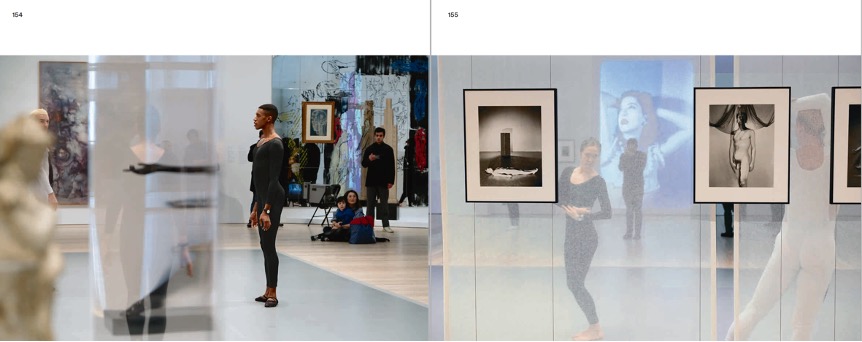
DF: One of the through-lines of Transmissions is the expansiveness of queer kinship. Can you talk about how that informed your thinking?
NM: This was directed by the histories I was looking at, by these webs of individuals who fostered social, artistic, and sexual affinities and forms of exchange. (I also tried to make visible a lot of lateral movement and leaps between categories, across mediums, between “scenes,” and across geographies.) Non-hereditary (and otherwise non-linear) cultural dynamics inflect Transmissions, determining its open structure, and the flexibility of relations among makers and their works. For a host of reasons, ballet offered a zone of great permissibility at a moment when emergent sexualities were being codified, and restricted socially and legally. I wanted to convey that this period was by no means a queer utopia, but, like our own, a very conservative moment whose limitations produced surprisingly overt and complicated expressions of desire. This was something that never ceased to amaze me as I looked at the images produced by and around ballet in the 1930s and 1940s — how fully people enacted fantasies and aspirations that were otherwise foreclosed by their culture. But what was even more interesting to me is how contemporary viewers, including myself, had internalized these historical restrictions as if there could have been no reality outside of them, with no inkling of the ways in which countless artists working before Stonewall had subverted or out-maneuvered given constraints to produce these new forms of art. Consistently, visitors to the exhibition assumed that much of the work on view had been made in the 1970s or even later, because it was simply inconceivable that earlier artists could have been so sexually experimental and audacious. It was thrilling to see for myself how the timeline of a queer imaginary could be extended backwards in time, while also re-connecting in new ways with more recent practices in performance, film, and photography, almost unconsciously. In the book we were able to delineate more explicitly this dimension of the optical unconscious, by tracing lines of influence, recursive gestures, and the transformations of motifs over time.
DF: Looking through the book, one is struck by the multiplicity of voices as well as the variety of materials it includes. The implicit message is adamantly anti-hierarchical, while each image, artwork, and depicted individual is treated with great care and importance.

NM: That’s a great point to bring up. Transmissions follows several strands at the same time, with the knowledge that there are many more stories and countless other ways to tell them. The book is a reflection on the multitudes of people involved in shaping culture, and as such, this variety of voices, and also their singularity, is essential. I love the often overblown tone you find in publications from the 1930s and 1940s (both in “little magazines” and in the mainstream press), so there is a lot of facsimile text embedded in the book, ranging from Vogue to LIFE, to a covert mainstream gay magazine with the (unintentionally Duchampian) name Bachelor, to ballet programs, invitation cards and press releases for gallery exhibitions, and even a piece of View magazine letterhead with coffee rings and a doodle of a skeleton by Pawel Tchelitchew. None of this antiquarian material would have made sense to me in the exhibition, but in the book these documents take on part of the work of narration, and convey a certain intimacy, since these are textual objects that circulated among people, that they held in their hands. I’m interested in the contrast between this distant “found” language and my own narrating voice, and the voices of the dancers I collaborated with, as well as all the other contributors to the book.
And you’re right, at the core of the exhibition and book is a rejection of the hierarchies that determine what is valuable and what is memorable. Throughout the process of working on Transmissions I was confronted, on the one hand, by works of art with a recorded provenance, and on the other, by works of performance that were on the brink of vanishing. Between the two, I realized that there is so much essential history that is not written down, that exists only in the memories and bodies of those who lived it, and in those instances when it is spoken or danced, and internalized by the receiving individual. In this regard, the way that dances are passed down from person to person became a way of conceptualizing historical transfer. So the book became a way to undo some of the irrational damage wrought by the separation of art forms that were conceived in tandem, to re-tangle what had been untangled. It becomes a place in which works of art, traces of performances, historical records, and anecdotes could coexist, but more importantly, where the makers of artworks, the figures depicted in those artworks, the makers of dances, the dancers themselves, their critics and audiences, are all seen as operating in contiguous worlds.
[1] Gerald Murphy, quoted in Calvin Tomkins, “Living Well Is the Best Revenge,” New Yorker, July 28, 1962.
[2] Douglas Crimp, “Pictures,” October Vol. 8 (Spring 1979), 76.























